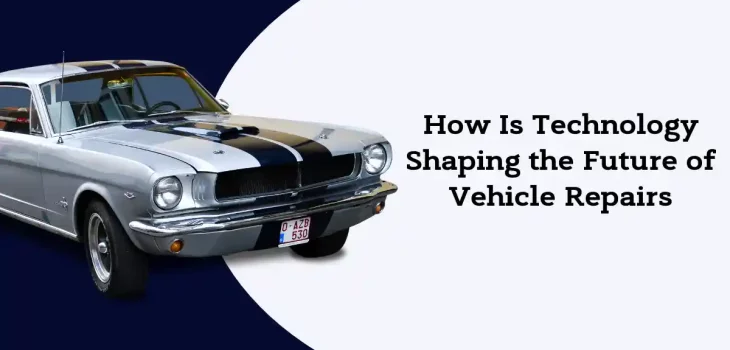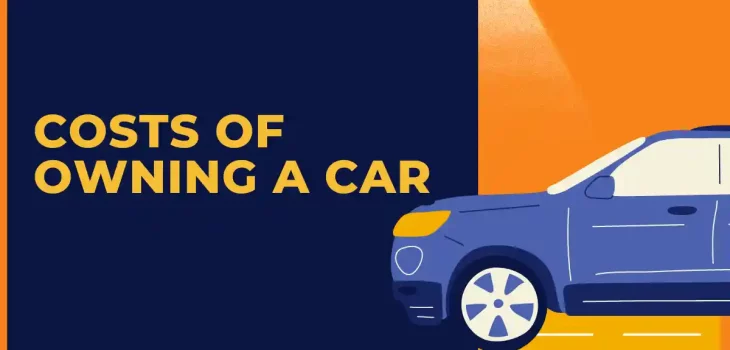How Is Technology Shaping the Future of Vehicle Repairs
Work as a car mechanic is difficult and tiring, involving long hours of intense manual work on your feet. On top of this, most customers expect you to be able to resolve their vehicle’s issue without a hitch – forgetting that each make and model is different and you can’t be an expert on all of them.
This is one of the problems that car mechanics might not have to struggle with in the future.
Technological advancements are making it possible for technicians to perform some of the most challenging parts of the job more quickly and accurately. And like the recent breakthroughs in AI, these advancements are poised to empower mechanics rather than replace them completely.
In this article, we’ll take a look at two technologies that are shaping the future of vehicle repairs: augmented reality and advanced diagnostics.
Augmented reality
Understanding and identifying thousands of different car components is one of the key challenges that car mechanics face. However, wearable augmented reality (AR) devices could make this laborious task unnecessary by overlaying virtual assets onto physical vehicle components.
In the first place, this would allow technicians to better visualise and understand components. With the need for mentally recalling component details, technicians’ minds would be free to focus on rectifying the problem at hand, potentially cutting down repair times and reducing mistakes – and, through this, even lower motor trade insurance premiums could be possible.
Augmented reality could even improve training processes, allowing junior personnel to access banks of knowledge in real-time, as they perform repairs. Contrast this with the traditional training process of reading through manuals, which eats up large chunks of a technician’s time as they go back and forth between vehicle and instructional.
It isn’t difficult to see how AR could significantly streamline the experiences of car mechanics, both those experienced and in training.
Advanced diagnostic technology
AR could help mechanics visualise and understand the different cars they work with. But when it comes to diagnosing the problems present in a vehicle, there’s another category leading the way.
Car diagnostic tools such as scanners, code readers, and even mobile apps are already helping technicians identify issues more quickly and accurately than they could by themselves. Sensors and processors allow these technologies to diagnose car components via purpose-built software in a fraction of the time that a person would need.
Moreover, onboard diagnostic scanners can tell technicians when a specific component has a fault. This obviates the need for full vehicle inspections, saving technicians time and effort, as well as facilitating faster repair turnaround times.
Digital technologies such as these are being used more frequently and in a wider variety of contexts in the auto repair industry. As their value becomes increasingly recognised, we can only expect more and more innovations as a response to growing demand.
What will the future of vehicle repairs look like?
The precise future of vehicle repairs ultimately depends on the breakthroughs made in years to come. If recent technological advancements are any indication, we can look forward to a future in which the process of carrying out car repairs is quicker, more effective, and less demanding on mechanics. But for now, it’s still too early to tell for sure.







